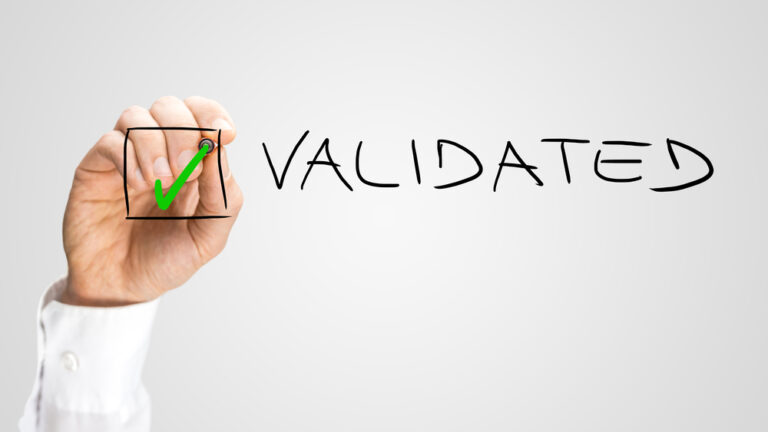Real World Results, Real Regulatory Changes: Breaking Down the FDA’s New RWE Guidance
The world of medical devices and drugs is constantly evolving, and the way we assess their safety and effectiveness is evolving alongside it. Enter the realm of Real-World Evidence (RWE), stepping out of the controlled environment of clinical trials and into the messy, magnificent reality of everyday healthcare. And recently, the U.S. Food and Drug Administration (FDA) made waves with its new RWE guidance, marking a significant shift in how we navigate this exciting frontier.
But what exactly is RWE, and why is this guidance such a big deal? Let’s unpack it like a medical mystery box:
RWE 101:
Think of RWE as the data we gather from real-world medical practice. It’s not the pristine data of clinical trials, but the messy, organic information from electronic health records, insurance claims, and even wearable devices. This data paints a picture of how patients actually use and experience medical products in the real world, with all its quirks and complexities.
The Game Changer:
Traditionally, regulatory decisions about medical products relied heavily on clinical trial data. While invaluable, these trials often lack the diversity and real-world context of RWE. The FDA’s new guidance recognizes this gap and aims to integrate RWE into the regulatory process more effectively.
What does the guidance do?
This isn’t a blanket “RWE for everything” policy. The guidance outlines specific scenarios where RWE can be used to:
- Support the approval of new indications for existing drugs or devices. Say a medication already approved for one condition shows promise for another. RWE can provide additional evidence to support its use in the new context.
- Supplement post-market surveillance. Once a product is on the market, RWE can help identify potential safety risks or unexpected benefits not seen in clinical trials.
- Inform regulatory policy decisions. RWE can provide insights into the broader healthcare landscape and inform policies affecting medical product development and access.
The Challenges Ahead:
Integrating RWE into the regulatory process isn’t without its hurdles. Concerns about data quality, bias, and generalizability remain. The guidance acknowledges these challenges and outlines steps to address them, such as emphasizing data quality standards and encouraging collaboration between researchers and regulators.
The Bottom Line:
The FDA’s new RWE guidance is a significant step towards a more nuanced and patient-centered approach to medical product evaluation. By embracing real-world data, we can gain a deeper understanding of how these products work in the hands of real people, ultimately leading to safer, more effective healthcare for all.
Remember:
- This is just the beginning of the RWE journey in medical regulation. Expect continued evolution and refinement in the years to come.
- RWE is not a replacement for clinical trials, but rather a complementary tool to gain a more complete picture of medical products.
- The success of RWE integration relies on collaboration between researchers, regulators, and healthcare professionals.
So, the next time you hear about a new medical product, remember the role RWE might play in its journey to your bedside. It’s a testament to the dynamic nature of healthcare, constantly seeking to improve its tools and knowledge to ensure the best possible outcomes for patients.
Share your thoughts on the FDA’s RWE guidance and the future of real-world data in healthcare in the comments below! Let’s keep the conversation about innovation and patient-centered care thriving.




